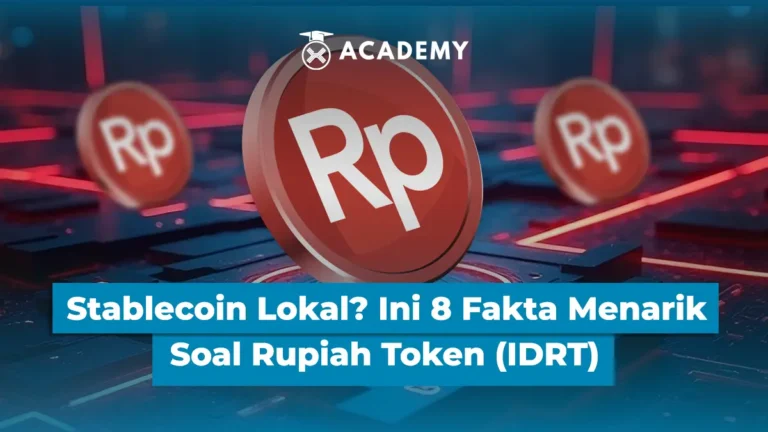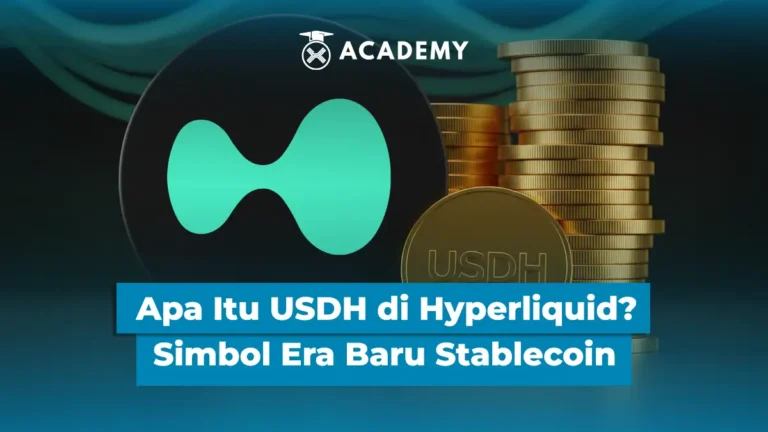Have you ever seen Ethereum transaction fees that are more expensive than the price of the tokens you purchased? This phenomenon is real and often surprises many traders.
This situation is known as Gas Wars, which occurs when gas fees spike due to competition to process transactions on the network.
With that sense of wonder and shock, let’s move on to a more detailed explanation of what Gas Wars actually are and how they work.
What Are Gas Wars on Ethereum?
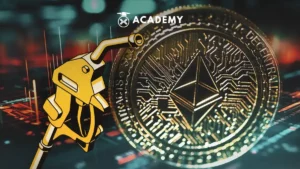
Gas Wars occur when users on the Ethereum network compete to pay higher gas fees to process their transactions faster.
This phenomenon can be described as a fee competition, where only transactions with the highest fees are prioritized for inclusion in the next block.
To understand Gas Wars, it’s important to understand the concept of gas fees. Gas fees are fees users pay to validators or miners in exchange for the computing power used to process transactions.
Without these fees, transactions cannot be validated and included in the blockchain. Gas Wars most often occur on the Ethereum network, although the term “gas” is also used on other blockchains such as BNB Smart Chain or Polygon.
Ethereum is the most obvious example due to its popularity in launching new coins and NFTs, which often trigger gas fees to surge to values ??far exceeding the price of the purchased asset.
Why Do Gas Wars Happen?
Gas Wars typically occur when there is a surge of simultaneous transactions on the Ethereum network.
This situation is often triggered by specific, high-demand events, such as the minting of a new NFT, the launch of a newly listed token, or the surge of hype surrounding a DeFi project.
At times like these, thousands of users attempt to process transactions simultaneously, leading to a scramble for block capacity.
To determine who gets processed first, Ethereum implements a priority gas auction (PGA) mechanism. The principle is simple: whoever is willing to pay the higher gas fee will receive priority from the validators.
This competition is what triggers Gas Wars, as users seeking to secure their position must pay significantly higher gas fees than the average.
Meanwhile, those unable to afford these fees are forced to drop out of the competition, and their transactions fail to be included in the block. This phenomenon clearly demonstrates how intense fee competition can be on the Ethereum blockchain.
Now that we understand the causes, let’s look at a real-life example of how Gas Wars have occurred in the crypto world.
Examples of Viral Gas Wars
Gas Wars aren’t just theories; they’ve actually happened and caused quite a stir in the crypto world.
One example is the launch of popular NFT collections like Bored Ape Yacht Club (BAYC) and Yuga Labs’ Otherside project.
At that time, thousands of users attempted to mint NFTs simultaneously, congesting the Ethereum network.
As a result, gas fees soared to hundreds of dollars for a single transaction, with some even paying several times the price of the NFT itself.
A similar phenomenon often occurs when new tokens are launched through IDOs or ICOs on the Ethereum network. Investor enthusiasm, eager to buy early, causes gas fees to soar uncontrollably.
Many traders willingly bid higher gas fees to avoid missing out, while those unable to pay higher fees were forced to fail.
The most famous case occurred in May 2022, when Yuga Labs released the Otherdeed collection. A total of 55,000 NFTs sold out in just a few hours, generating over $319,000,000.
Amidst the euphoria, gas fees skyrocketed from the normal range of $2–$5 to 2.6–5 ETH per transaction, or around $6,500–$14,000. This staggering figure represents one of the most extreme examples of Gas Wars on Ethereum.
This real-life example clearly demonstrates how Gas Wars can directly impact users, both in terms of costs and the transaction experience on the blockchain.
The Impact of Gas Wars on Investors & Traders
Gas Wars often have quite burdensome consequences, especially for investors and traders with limited capital. The surge in transaction fees is the most noticeable impact, often resulting in the asset being worth more than the purchased asset.
This situation clearly surprised many, as the primary purpose of purchasing an asset was undermined by the high gas fees.
Small investors also often found it difficult to compete. In the Gas Wars mechanism, only those able to pay the highest gas fees received priority.
As a result, investors with limited funds often lose quickly, and worse, the fees already paid for failed transactions cannot be recovered. This situation leaves them incurring losses without ever being able to acquire their desired assets.
Furthermore, Gas Wars can sap market liquidity because most funds are spent on gas fees, rather than purchasing the tokens or NFTs themselves.
This creates inconvenience, as desired assets become increasingly difficult to obtain, while transaction costs continue to rise.
After understanding these various impacts, it’s understandable that many investors are now looking for ways to avoid the Gas Wars trap and continue to transact more efficiently.
How to Avoid Gas Wars and Avoid Losses
Gas wars can cause losses for many traders and investors because transaction fees can balloon beyond expectations.
However, the good news is that there are several practical ways to avoid this situation without having to spend excessive funds.
One way is to choose transaction times when the network is quiet. Avoiding peak hours can result in significantly lower gas costs compared to when thousands of people are competing for block space simultaneously.
Additionally, utilizing Layer 2 technologies such as Arbitrum, Optimism, or zkSync can also be a solution because these networks offer lower transaction fees than the Ethereum mainnet.
You can also use the gas fee optimizer feature available on some wallets and exchanges. This feature helps determine the most efficient gas fee so transactions can be processed without incurring excessive costs.
Another alternative is to consider other blockchains that offer lower transaction fees, such as Polygon or BNB Smart Chain, especially if your primary goal is simply to transact or try out new assets.
With these technical steps, you can minimize the risk of losing money due to Gas Wars. Now that we’ve discussed practical solutions, it’s also interesting to reflect on what this phenomenon actually means for the broader crypto world.
Gas Wars: Hype Signal or Investor Trap?

Gas Wars often make people shake their heads, but in fact, many users are willing to pay extra just to win.
The reason is simple: they want to ensure transactions are processed as quickly as possible.
In the crypto world, speed is sometimes everything, especially when it comes to short-term trading opportunities or limited-time events like Initial DEX Offerings (IDOs) or NFT launches.
With limited slots and a surge in participants, it’s natural that gas fee competition is inevitable.
On the positive side, the Gas Wars phenomenon can be interpreted as a sign of hype. Many people competing to enter an event is a sign of high market interest.
For example, during Yuga Labs’ Otherdeed NFT sale in May 2022, thousands of people participated, causing gas fees to soar to unreasonable levels.
From a trend perspective, this is an indicator that a particular project or asset is indeed in high demand.
However, Gas Wars can also be a trap. Soaring fees often force small investors to be eliminated, unable to compete with larger players who can afford higher gas fees.
In fact, transaction fees are often higher than the value of the purchased asset. Those who simply act on FOMO without understanding the context are at risk of losing money.
Therefore, it’s important to view Gas Wars not simply as a race to the bottom or a symbol of hype, but as a phenomenon that must be understood carefully.
Don’t just jump on the bandwagon out of fear of missing out. First, understand the mechanism, assess your capabilities, and then determine whether it’s worth participating.
From this, we can draw one reflective conclusion: Gas Wars aren’t just about high fees, but also about how the crypto market reflects both the passion and the pitfalls of its users.
Conclusion
So, that was an interesting discussion about Ethereum’s Gas Wars: Transaction Scramble Drives Gas Fees Crazy! You can read more about it in the INDODAX Academy crypto academy.
In conclusion, Gas Wars can be considered a unique phenomenon in the Ethereum ecosystem, where many users compete to have their transactions processed first.
For traders and investors, understanding how it works, its impact, and safe strategies for dealing with this situation is crucial to avoid losses simply by following the hype. Ultimately, Gas Wars are not the end of the crypto world. Instead, they serve as a reminder that within the blockchain, a simple law applies: whoever is quickest and willing to pay more wins.
By the way, besides broadening your investment horizons, you can also stay updated with the latest crypto news and monitor digital asset price movements directly on the INDODAX Market.
For a more personalized trading experience, explore our OTC trading service on INDODAX. Don’t forget to activate notifications to stay up-to-date with the latest information about digital assets, blockchain technology, and various other trading opportunities, only on INDODAX Academy.
You can also follow our latest news via Google News for faster and more reliable access to information. For an easy and secure trading experience, download the best crypto app from INDODAX on the App Store or Google Play Store.
Also maximize your crypto assets with the INDODAX Earn feature, a practical way to earn passive income from your holdings. Register now with INDODAX and easily complete KYC to start trading crypto more safely, conveniently, and reliably!
Also follow our social media here: Instagram, X, Youtube & Telegram
FAQ
1.Do Gas Wars only occur on Ethereum?
Mostly on Ethereum, but they can also occur on other blockchains with similar gas fee mechanisms.
2.Do Gas Wars hurt everyone?
Not always. Whales or large investors often benefit, but smaller users risk losing out.
3.How can you tell if a Gas War is happening?
You can check Ethereum gas trackers (e.g., Etherscan Gas Tracker) to see fee spikes.
4.Can Layer 2 completely eliminate Gas Wars?
Layer 2 helps keep costs down, but even with significant hype, gas fee competition can still occur.
5.Are Gas Wars a sign of a bullish market?
Not always, but they usually occur during moments of hype, such as NFT drops or new token listings.
Author: Boy




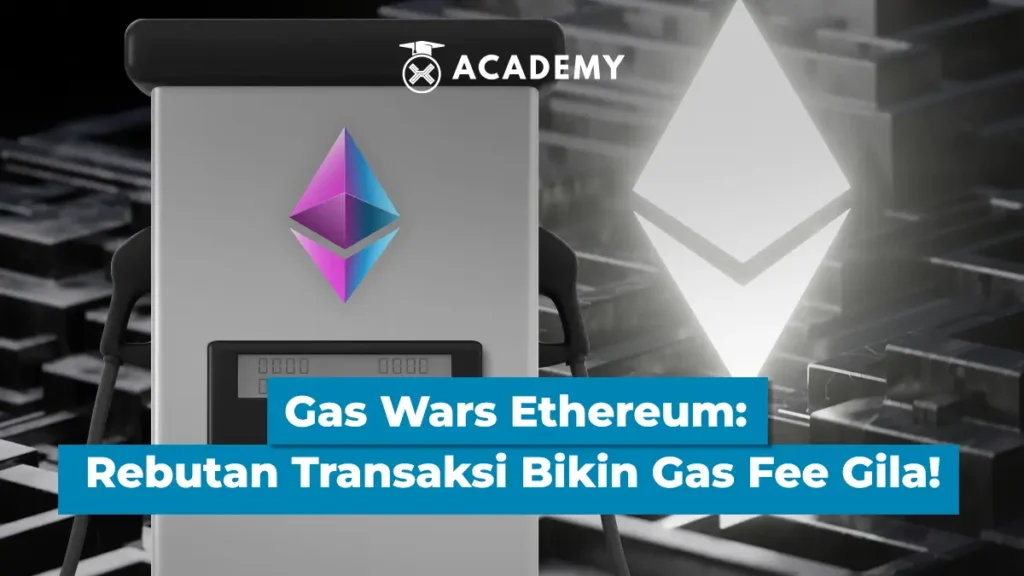

 Polkadot 8.81%
Polkadot 8.81%
 BNB 0.42%
BNB 0.42%
 Solana 4.77%
Solana 4.77%
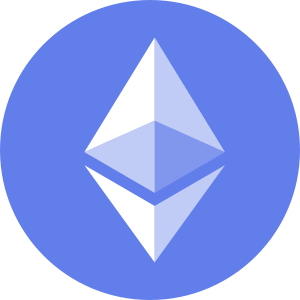 Ethereum 2.37%
Ethereum 2.37%
 Cardano 1.75%
Cardano 1.75%
 Polygon Ecosystem Token 2.09%
Polygon Ecosystem Token 2.09%
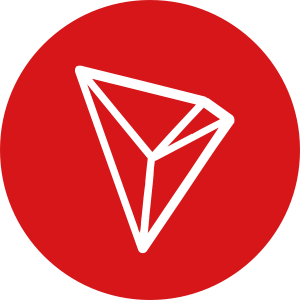 Tron 2.86%
Tron 2.86%
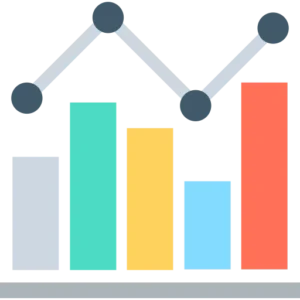 Market
Market
